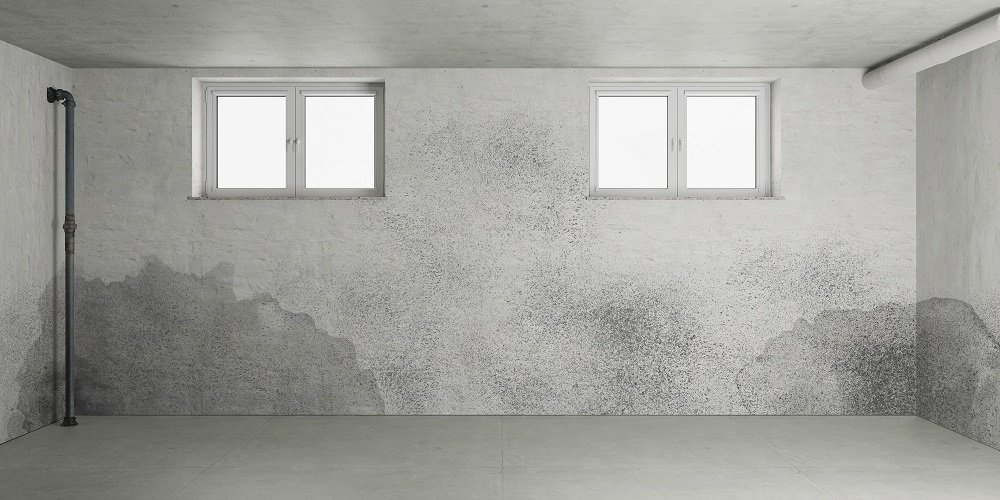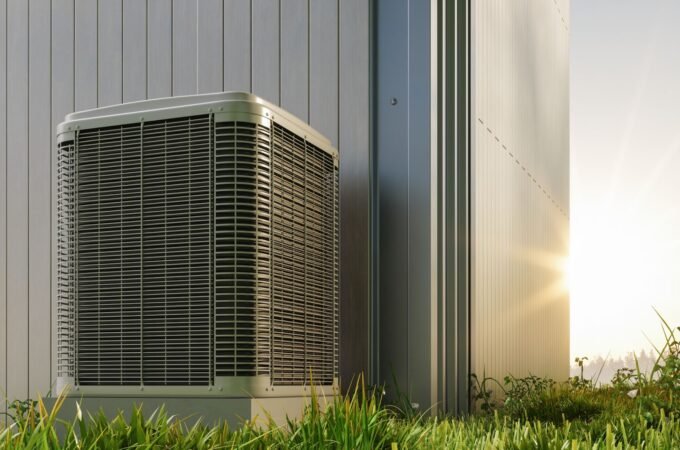
A Homeowners Guide To Basement Waterproofing
As a homeowner, it’s necessary to maintain your home and shield it from water vulnerability. Moisture needs to be kept out of your house to avoid construction damage and cause growth putting your family’s health at risk.
The basement is a key area in your home to focus on because its lower level exposes it to constant contact with water after weather events and rains. What’s more, basements are prone to water damage due to the pipes, pumps, and sometimes laundry machinery located there.
It is why waterproofing your basement is a necessary investment to ensure your home stays secure and safe for all its inhabitants.
Here are the two main approaches you can take to waterproof your basement from outside or inside:
1. Interior Basement Waterproofing
This method focuses on repairing and preventing future water and moisture from damaging your basement. It’s most often utilized once the damage has been identified and works to clean and fix the conditions that allow unwanted water and condensation and microbes inside. Ultimately, the cost of the interior waterproofing will depend on the extent of the damage and how big a job it’ll take to restore.
With this, there’s also the option of installing an interior basement waterproofing system that is designed to control water flow from underground that leads to your basement floor. It can be a solution if groundwater is causing water damage or a moisture problem, especially if you live in a flood-prone area. Some of the main materials and products used are:
-
Sealants
A common way that moisture and water trickle into your basement is through fractures, gaps, and leaks in the walls. The moisture then gets absorbed by the concrete walls and pipage, which leads to higher condensations and humidity. It is where sealants can make a difference, as they work in the same way as a polymer-based industrial adhesive. They close up any openings and thereby prevent water from coming inside your basement.
-
Injections
In interior waterproofing, injections can be used to repair cracks in the concrete foundation of your basement. Crack injections can also be used at points where water has damaged the structural integrity of the walls and floor. It can be seen as break-away pieces of wall and floor in the floor that threaten to break apart the concrete if damage continues. In addition to this, hydrophobic polyurethane injections made from resin or foam can be inserted into cracks and repel water to keep moisture out.
2. Exterior Basement Waterproofing

Exterior waterproofing concerns the different ways you can secure your basement from dampness by the outside. This proactive method aims to stop any water and moisture before it comes into your basement in the first place and keep it dry. It’s mainly advised for homes that are still in the construction phase because it involves systems that can be built into the basement’s structure.
Some methods allow for exterior waterproofing in finished homes. In this case, the restoration and preventative measures can consist of cleaning out dirt and grime from your walls. Then moisture barrier boards can be put in place to hold off the water and direct it away from walls entirely. Other more common exterior waterproofing procedures include:
-
Drainage
Opting for French drains is a popular solution to waterproof your basement from the outside. It consists of an expert who digs a waterway ditch into your front lawn and installs a porous pipe layered with gravel, concrete, and soil around and on top. The pipe is lain underground and goes, further along, leading away from your home. It, in turn, then channels water away through the pipe safely before it has a chance to seep into your basement. It’s especially useful after heavy rainfall to prevent flooding.
-
Coating And Covering
You can have your exterior basement walls waterproofed by a specialist applying a coating made from waterproof paint. This paint can penetrate deep into the wall blocks and concrete to strengthen and harden them to improve their water resistance. There’s also the option of having a waterproof membrane cover your exterior basement foundation walls. These membranes are made from a materials mixture of rubber, PVC, and polyethylene, among others. The membrane protects your walls from water pressure during rainstorms and defends its structure.
Conclusion:
Waterproofing your basement is essential in maintaining your home and family’s living standards by keeping water out. It can be in the form of pasting sealants or using injections as a method to repair cracks and leakages in your walls and flooring that allow moisture and condensation inside.
For the outside, you can take a preventative course of action by getting a mason to lodge a drain system from your basement walls away from your home or material such as paint or membrane to cover and secure the outside walls. All these elements can be tackled singularly or as a joint effort to give your basement the ideal waterproofing, it can most benefit from.




